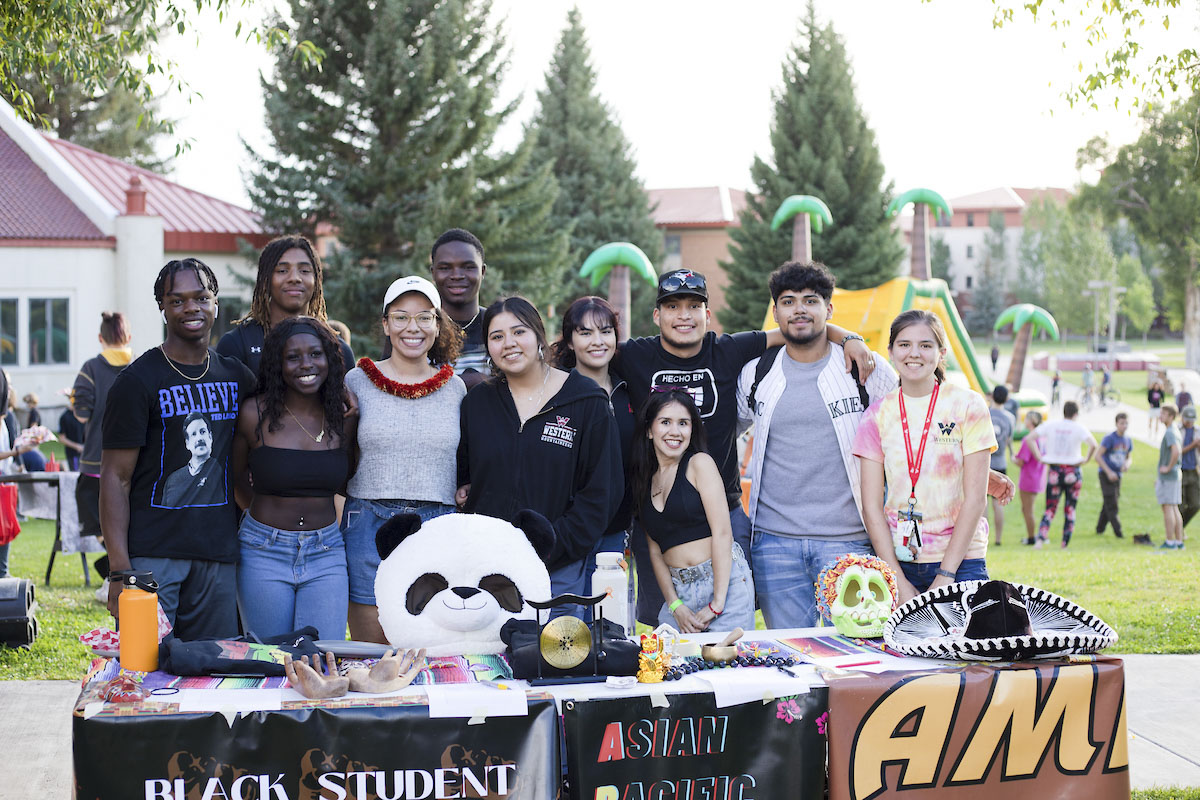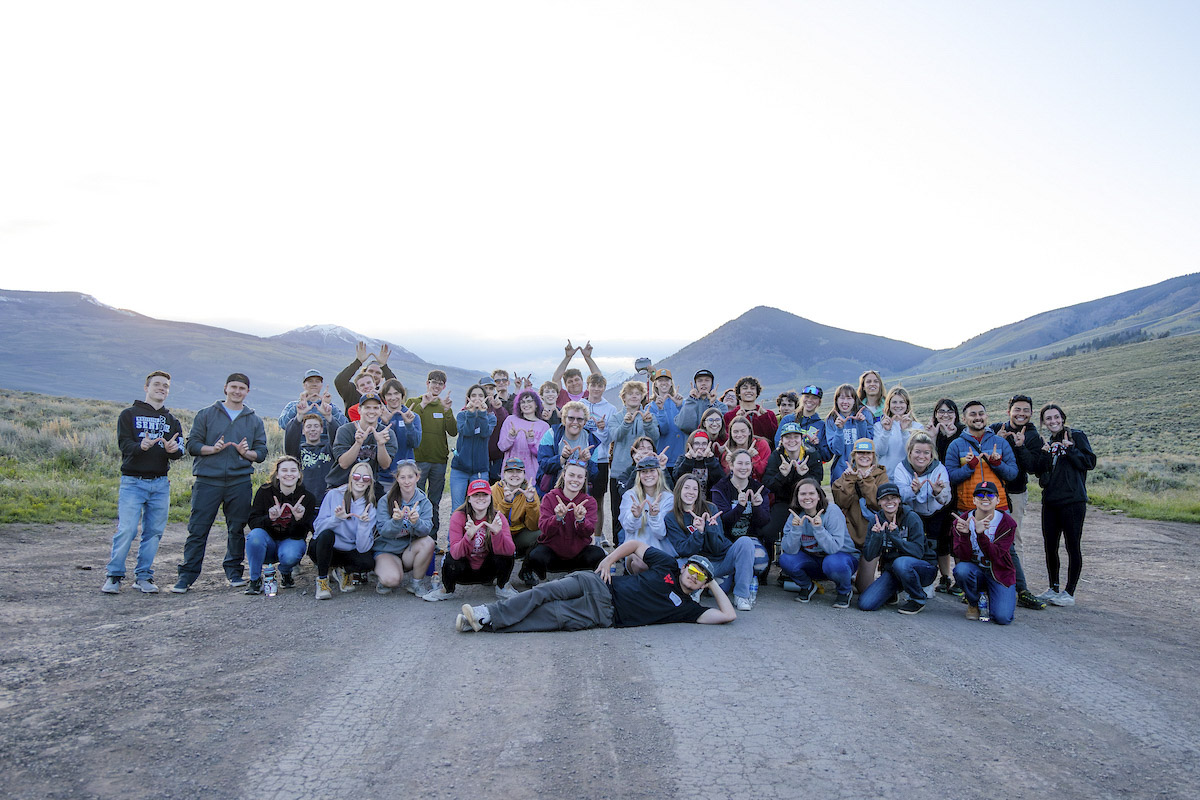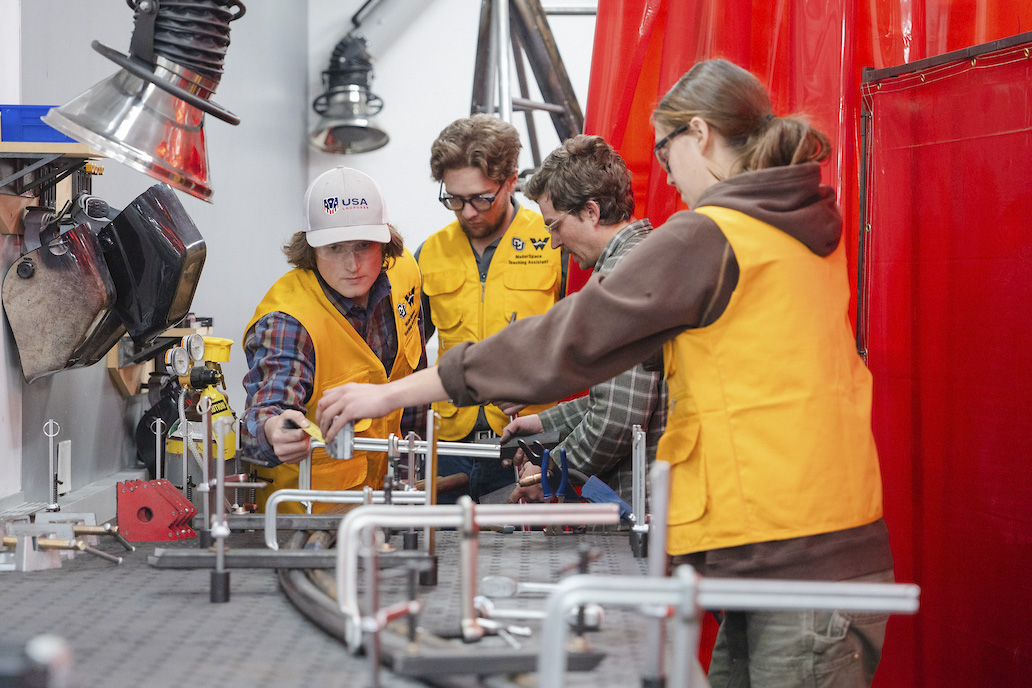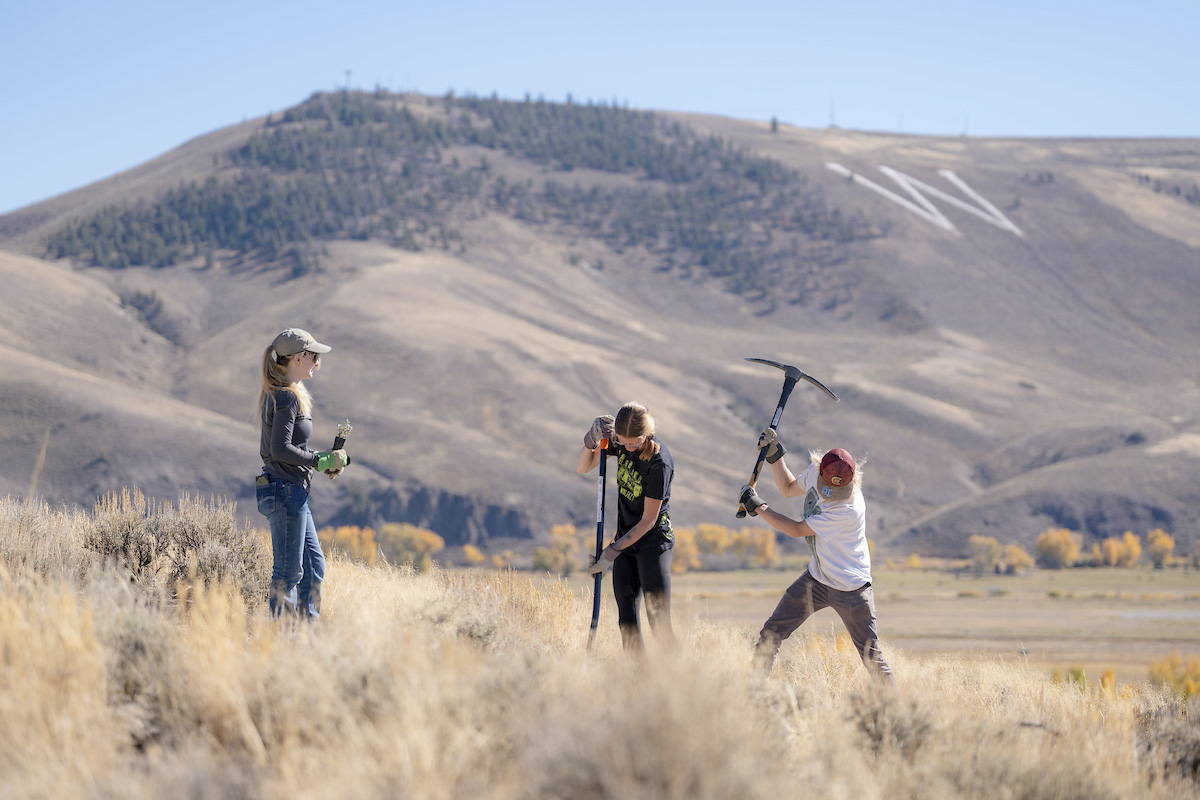Established: 1901
Location: Gunnison, Colorado
Type: Public, 4-year
Religious affiliation: None
Highest degree offered: Master’s
Student-to-faculty ratio: 17 to 1
Mascot: Mad Jack the Mountaineer
Colors: Crimson and slate
Graduation rate: 51%
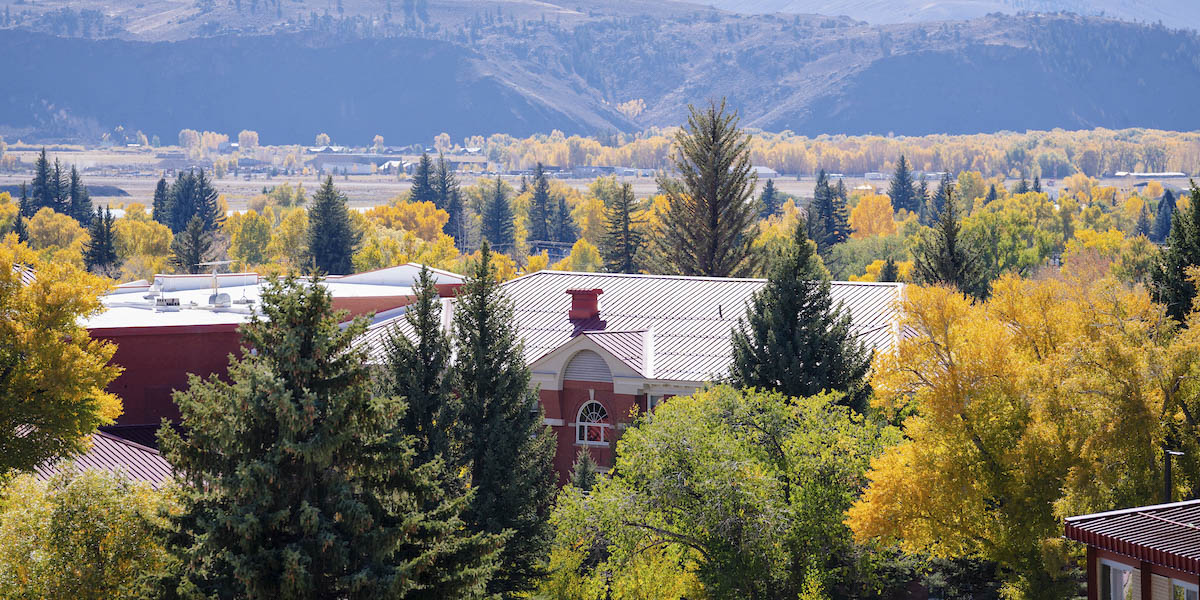
Mission & Campus Profile
Institutional Profile
Admissions
Financial Aid
Enrollment
Ethnic Diversity
Student Outcome Data
Institutional Outcome Data

Shaping Western’s Future
Explore Western Colorado University’s Strategic Plan to see our goals and the progress we’re making toward a stronger future. Stay informed and aligned as we move ahead together.

Our Vision & Values
Western Colorado University is committed to providing an exceptional educational experience to all students who attend, and takes pride in following a set of values that form our vision as a university. With the Rocky Mountains serving as our laboratory, we are a unique public institution. As a premier provider of rigorous, immersive education, Western champions intellectual exploration, critical thinking, and integrity, while inspiring innovation. Western offers an inclusive and personalized academic experience that enhances the lives of our students and their communities now and in the future.
Courage
Mountaineers are adventurous and entrepreneurial spirits who embrace change to better ourselves and the people we serve. We boldly act on our convictions.
Inclusivity
Mountaineers nurture a welcoming community for all faculty, students, staff, and other stakeholders. We are committed to an inclusive, diverse, and equitable campus environment.
Integrity
Mountaineers are committed to acting with the highest ethics, respect for the dignity of others, and personal authenticity. We communicate with openness, honesty and civility, and we are accountable for our actions.
Growth
Mountaineers believe that rigorous academic inquiry and civil dialogue are necessary for free and open critical thinking that defines our role as a public institution in a democratic society. We foster new ideas by developing both emotional maturity and intellectual curiosity.
Stewardship
Mountaineers are environmental, intellectual, social, and fiscal stewards of our campus and our global community as places of engagement and personal responsibility.
Awards
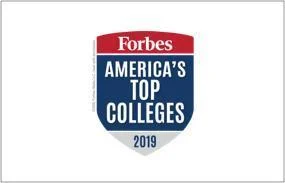
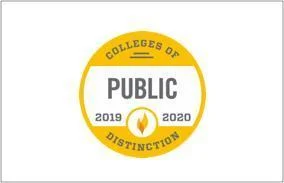
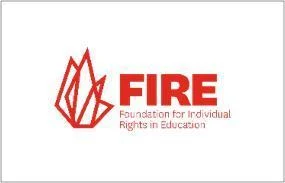
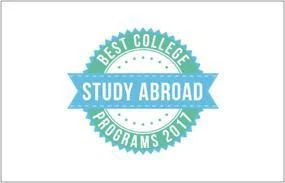
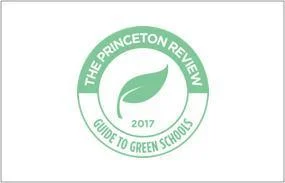
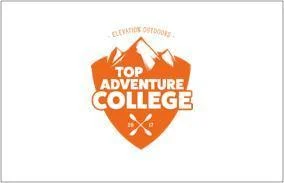
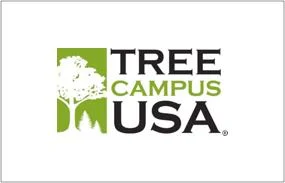
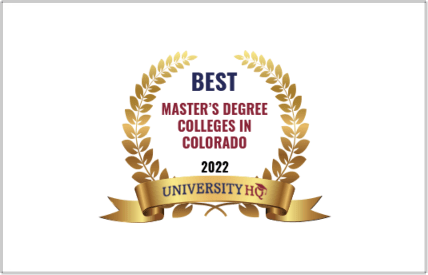
Western Colorado University is accredited by the Higher Learning Commission.
For more information, please go to Higher Learning Commission’s website at https://www.hlcommission.org/. The Higher Learning Commission may be contacted at 230 LaSalle Street, Suite 7-500, Chicago, Illinois 60604, or 312.263.0456.

